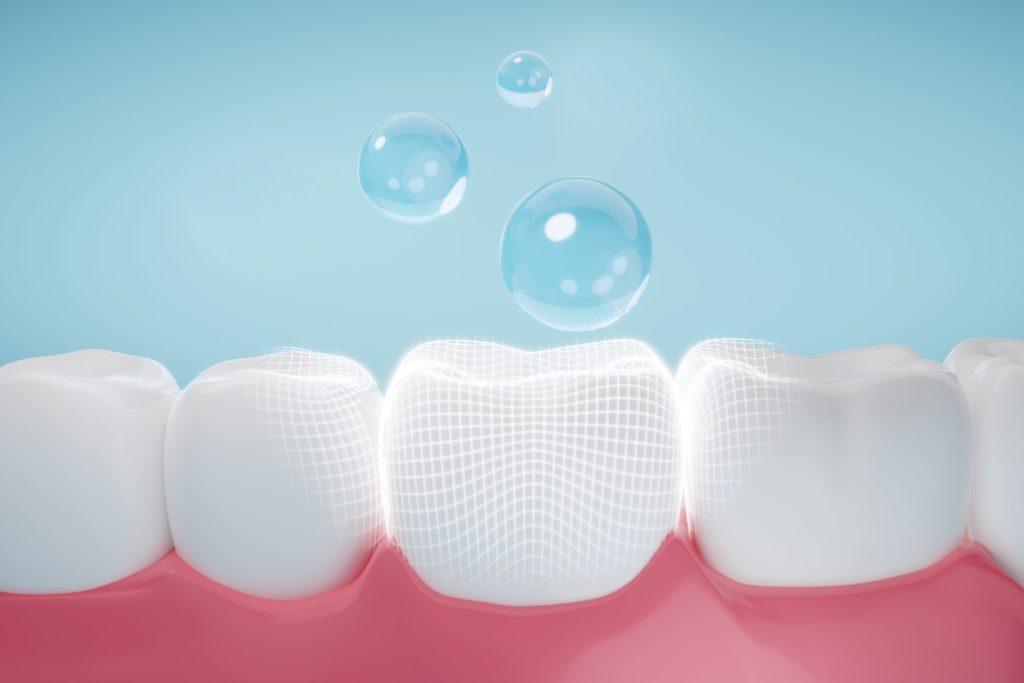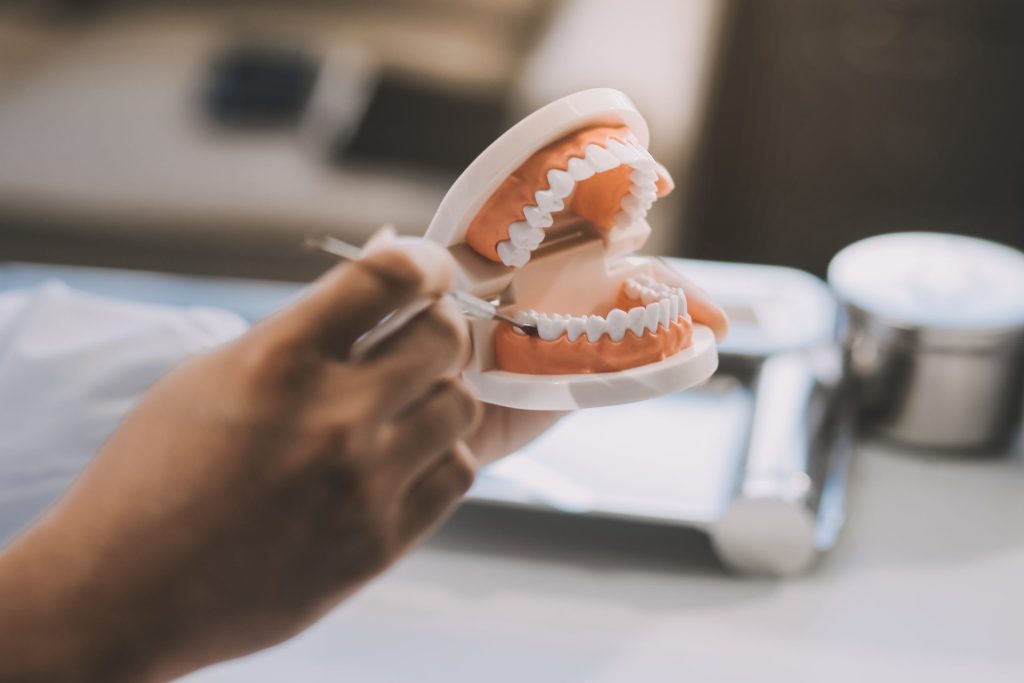Osseous Surgery
Osseous Surgery: Pocket Reduction & Enhanced Oral Health
Are you concerned about gum disease impacting your oral health? If you’re experiencing symptoms such as receding gums or persistent bad breath, osseous surgery might be an effective solution.
At Worthington Periodontal Specialists in Worthington, OH, we are committed to restoring and preserving your oral health. Osseous surgery, or pocket reduction surgery, is a specialized periodontal procedure designed to treat advanced gum disease by eliminating deep pockets of bacteria and reshaping damaged bone. Trust Dr. TJ Miller to enhance your smile.
Signs You May Need Osseous Surgery
Recognizing the signs of advanced gum disease is crucial for seeking timely treatment. If you experience any of the following symptoms, it’s essential to consult with a dental professional to determine if osseous surgery is right for you:
- Deep periodontal pockets: Pockets can trap bacteria and are difficult to clean.
- Persistent bad breath: This can indicate bacteria buildup in gum pockets.
- Receding gums: As gum disease progresses, your gums may start to pull away from your teeth, making them appear longer.
- Loose teeth: Gum disease destroys the supporting structures of your teeth, including the bones and ligaments, resulting in loose or shifting teeth.
- Bleeding gums: If your gums bleed easily when brushing or flossing, it indicates inflammation and potential gum disease.
Pus or swelling around the gum line can indicate infection.
The Benefits of Osseous Surgery
Osseous surgery offers numerous benefits for individuals with advanced gum disease, leading to a healthier and more functional smile:

Improved Oral Health
Osseous surgery eliminates harmful bacteria by removing diseased tissue and reducing pocket depths, reducing the risk of further infection and bone loss.

Enhanced Aesthetics
Receding gums can make teeth appear longer and create an uneven gum line. Osseous surgery can improve the appearance of your smile by restoring gum health.

Protection for Natural Teeth
This surgical procedure helps preserve your natural teeth by addressing the underlying causes of gum disease and preventing further damage.
Understanding the Need for Osseous Surgery
Osseous surgery is a procedure performed to remove infected tissue and reshape damaged bone caused by advanced periodontal disease. When gum disease progresses, deep pockets form around the teeth, trapping harmful bacteria and leading to bone loss. If left untreated, these pockets can result in tooth loss and further damage to surrounding gum tissue and bone.
How Osseous Surgery Works
Osseous surgery is typically performed under local anesthesia to ensure your comfort throughout the procedure. Dr. Miller makes small incisions in your gums to access the roots of your teeth and the affected bone.
Next, we perform a deep cleaning of the root surfaces, known as root planing, to remove any dental plaque and tartar buildup. The damaged bone is then reshaped or contoured to create a smoother surface that promotes gum reattachment. In some cases, bone grafting may be necessary to replace lost bone and provide additional support for your teeth.
What to Expect During Recovery
Following osseous surgery, it is common to experience some swelling, discomfort, and bleeding for a few days. Our Worthington team will provide you with specific post-operative instructions, which may include:
- Pain Medication: Over-the-counter pain relievers or prescription medication can help manage discomfort.
- Soft Food Diet: Sticking to soft foods for the first few days after surgery will allow the surgical site to heal properly.
- Oral Hygiene: While it’s essential to maintain good oral hygiene, avoid brushing or flossing directly on the surgical site until your dentist advises it’s safe.
Learn How This Dental Procedure Can Restore Your Gum Health
At Worthington Periodontal Specialists, we provide advanced treatment options to help patients regain their oral health. If you have been diagnosed with advanced gum disease or require pocket reduction surgery, contact our office today to schedule a consultation with Dr. Miller and learn more about how osseous surgery can protect your natural teeth and prevent further damage. Call 614-885-5525 to get started!
